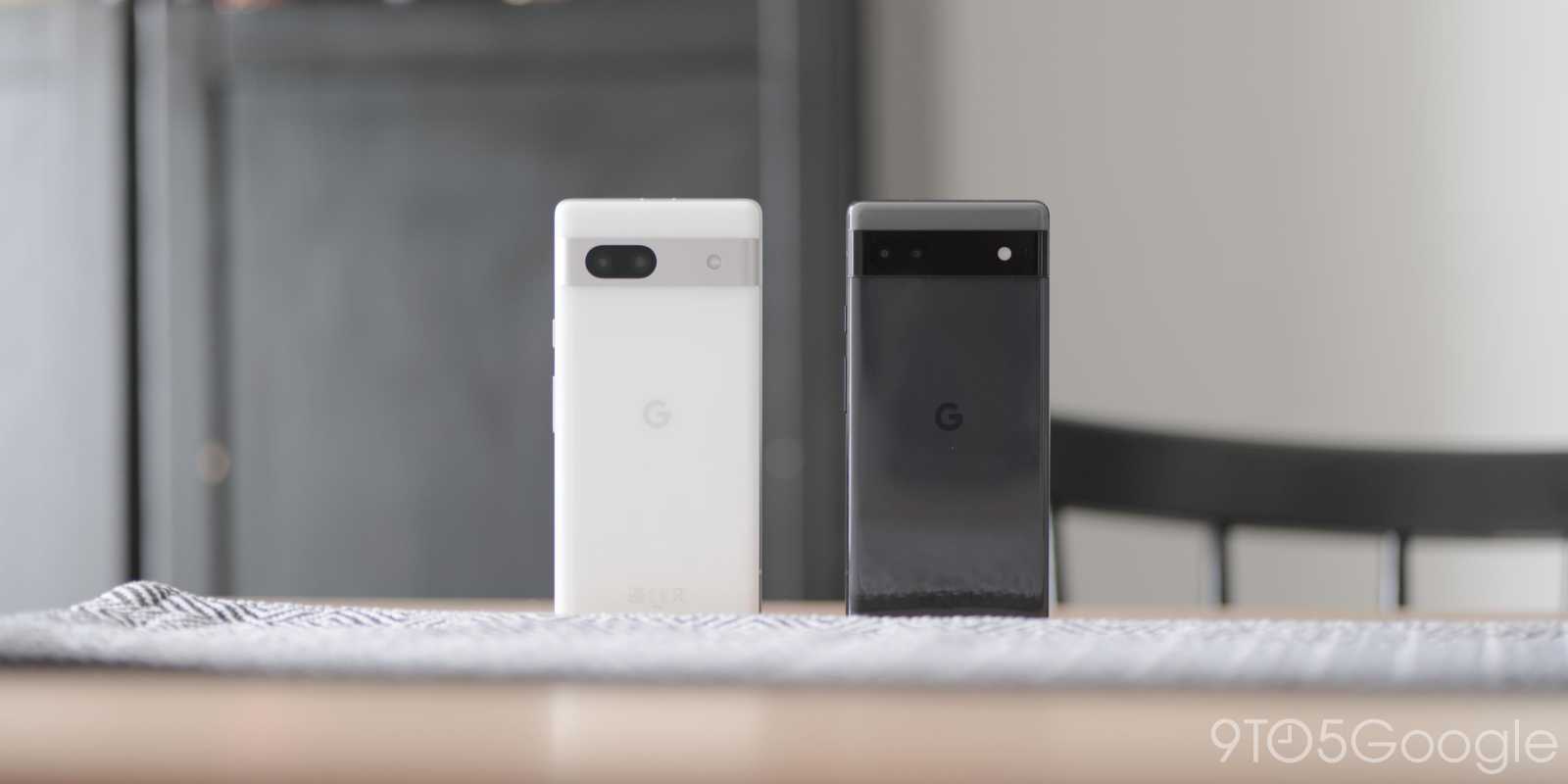
Thanks to some substantial upgrades, the Pixel 7a has improved on the Pixel 6a formula without a major price increase. Is it worth the upgrade though? Here’s everything you need to know.
- Pixel 6a vs. Pixel 6: How much difference does $150 actually make? [Video]
- Pixel 7 vs. Pixel 7 Pro: Which is the right choice for you? [Video]
It’s hard to argue with the previous Pixel A-series formula. Mixing in some flagship specifications such as the camera system with a competent processor with an attractive price showcases the best of Pixel without requiring a huge financial outlay.
Thanks to Casetify for sponsoring 9to5Google on YouTube!
Hardware
Because the Pixel 6a sits at the end of the Pixel 6 series and the Pixel 7a sits at the end of the Pixel 7 series, the designs straddle previous and current flagships. The camera bar is where the most notable changes come. Google has mimicked the metal “Camera bar” of the Pixel 7 on the latest A-series model. It is, actually plastic while the 6a retains the glass panel that was prominent on the Pixel 6 and 6 Pro.
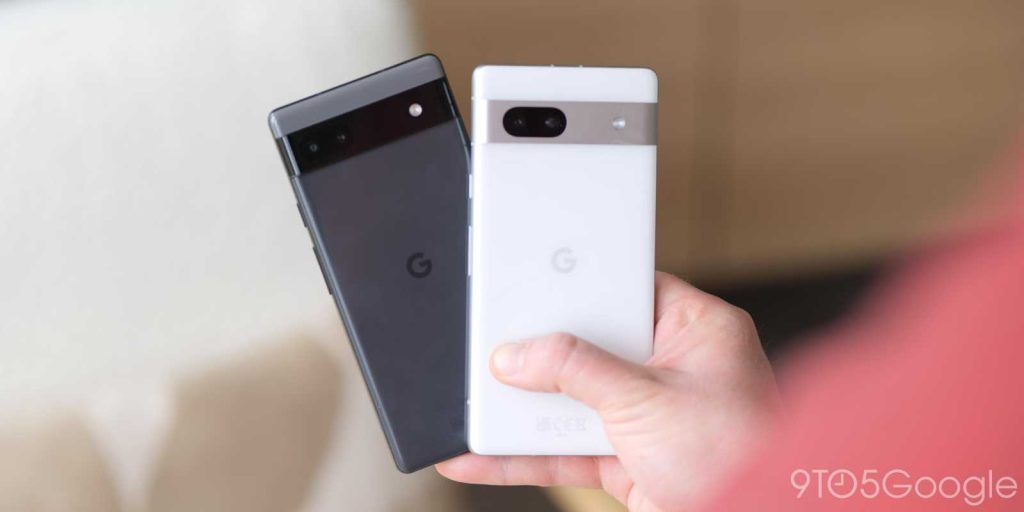
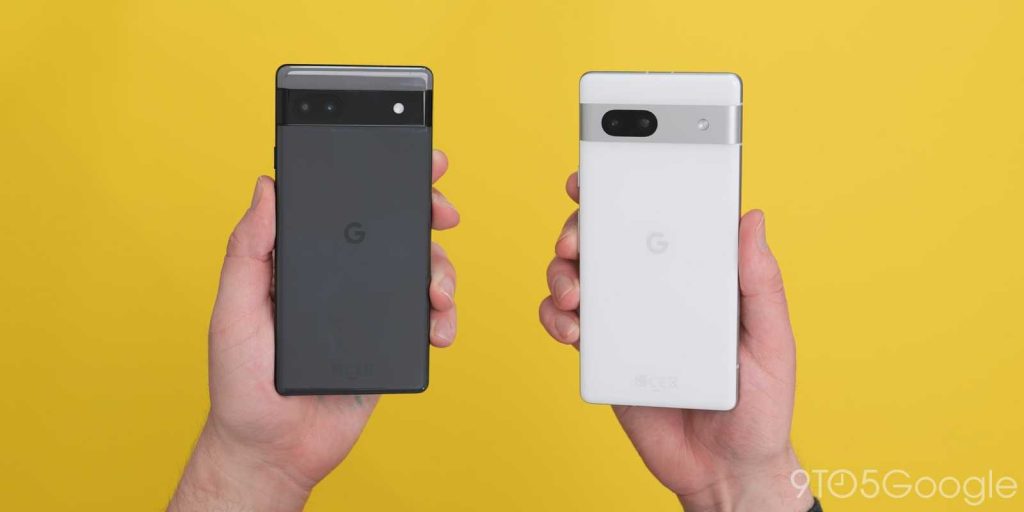
The changes do not stop there. Somewhat sadly, the stand-out matte black side rails have been removed. Instead, it’s matte metal around the frame. This has a two-fold effect. Firstly, it should help aid durability with fewer issues with paint flakes and chips. It also frames the screen differently. Reducing the optical effect of larger bezels because the frame is a different color to the screen edges.
| Google Pixel 6a | Google Pixel 7a | |
| Size | 6.1 inches | 6.1 inches |
| Dimensions | 152.2 x 71.8 x 8.9 mm (5.99 x 2.83 x 0.35 in) | 152.4 x 72.9 x 9.0 mm (6.0 x 2.87 x 0.35 in) |
| Display | 60Hz / AMOLED / FHD+ / Gorilla Glass 3 / 2,400 x 1,080 pixels / 429ppi | 90Hz / FHD+ / Gorilla Glass X / 2,400 x 1,080 pixels / 431ppi |
| Chipset | Google Tensor | Google Tensor G2 |
| RAM | 6GB DDR5 | 8GB DDR5 |
| Storage | 128 UFS 3.1 | 128 UFS 3.1 |
| Battery | 4,410mAh | 4,385mAh |
| Rear camera | 12.2MP wide / 12MP ultra-wide | 64MP wide / 12MP ultra-wide |
| Front-facing camera | 8MP | 13MP |
| Biometrics | In-display fingerprint scanner | In-display fingerprint scanner |
| Colors | Sage / Charcoal / Chalk | Arctic Blue / Carbon / Coral / Cotton |
| Weight | 178g | 193g |
| IP rating | IP67 | IP67 |
One of the biggest differentiators is the display quality. Each smartphone is still rated at 1080p – which is fine for a screen of this size. The caveat here is that the Pixel 6a screen is clocked at 60Hz while the Pixel 7a now has a 90Hz screen. Content flows nicely and the added frames elevate every interaction with your phone. It is tuned to 60Hz on the 7a out of the box, so we recommend turning it on right away.
The combination of the higher refresh rate and increased brightness makes it one of the most important upgrades for a Pixel A-series smartphone since its inception. One of the nicest bonuses is that because the panels are the same size, you can actually just use Pixel 6a screen protectors this year too – I recommend this three-pack.
One thing that must be noted is the increased weight. The Pixel 6a comes in at 178g, the Pixel 7a has added some heft at 193g. It may not seem like much, but it could be important to you. You also get extra color options this year with 4 versus just 3 on the Pixel 6a.
Software

Both of these phones are running the latest version of Android 13 and the core experience remains identical. A few exceptions are the inclusion of the Google One VPN for the Pixel 7a. This is entirely free and offers a free VPN service for all users for at least 5 years.
While the in-display fingerprint scanners are identical and mostly reliable, the 7a has also gained support for software-based Face Unlock. This is a nice extra unlock option and it’s just as seamless as with the Pixel 7 and 7 Pro.
| Google Pixel 6a | Google Pixel 7a | |
| Software | Shipped with Android 12 | Shipped with Android 13 |
| Features | In-display fingerprint scanner Magic Eraser Face Unblur Motion modes On-device Live translation | In-display fingerprint scanner Face Unlock Photo Unblur Google One VPN |
The software stack may be identical but the update schedule is, naturally, different. The 6a has received one of the three promised OS updates and will be eligible for Android 15. While the Pixel 7a is set to get Android 14 through Android 16. With 5 years of security patches also available, you’ll get support up to July 2027 and July 2028 respectively.
One of the most notable performance improvements is the high refresh rate screen. This enhances interactions and while the 6a is no slouch, it does feel slower as a result. Upping the RAM to 8GB also should mean that the 7a ages gracefully with more apps being able to take advantage of the added memory.
Battery

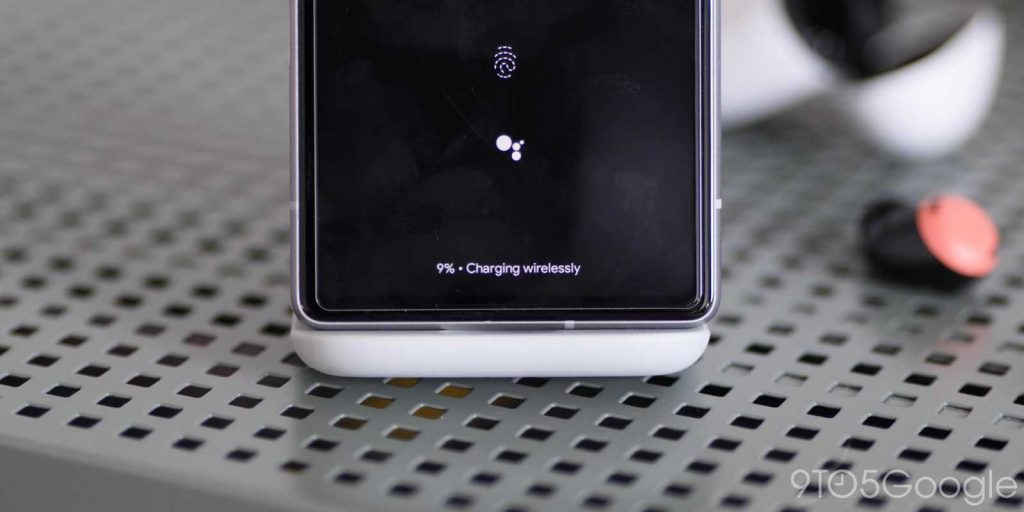
With similar dimensions come similar internal cell sizes, but last year’s Pixel 6a has the edge here – not by much though. There are a few factors at play when it comes to the lifespan of each handset. Firstly, the Pixel 6a has a 60Hz screen. The first-generation Tensor processor appears to be more power-hungry in our experience.
Even with the display tuned to 90Hz, the Pixel 7a can get close to the Pixel 6a lifespan levels. It can last even longer at 60Hz and with the improved Tensor G2 power draw. Either phone is dependable all day and can stand up to some heavy usage without being problematic.
| Google Pixel 6a | Google Pixel 7a | |
| Battery size | 4,410mAh | 4,385mAh |
| Charging speed | 18W wired | 18W wired 7.5W Qi wireless |
Upgrades have arrived in the charging options of the 7a. The wired charging sticks to 18W, which should require a couple of hours connected to get your phone to 100%. The piece du resistance is undoubtedly the addition of wireless charging. Annoying it’s capped at 7.5W, but you’re now able to use your Pixel Stand and enjoy the ability to get charged without plugging in cables.
Cameras
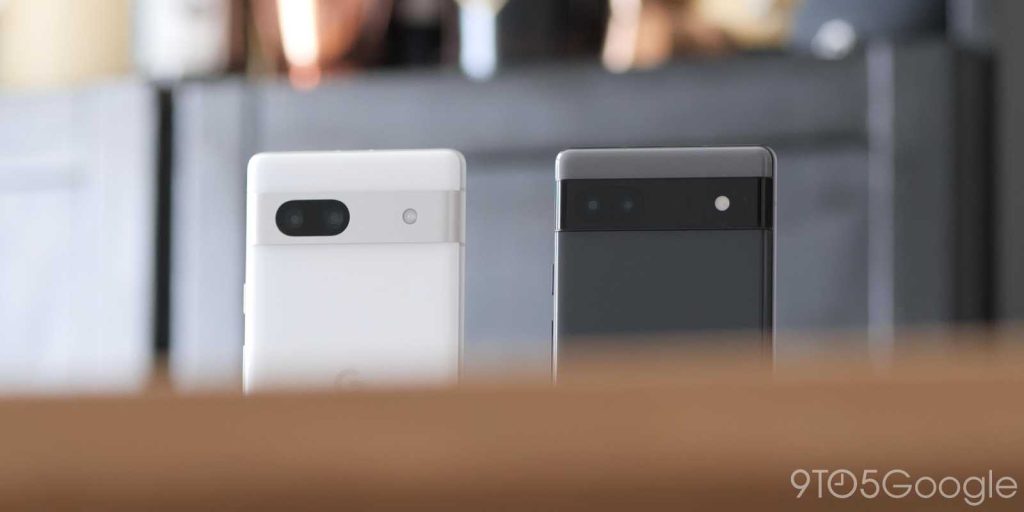

If you want the best camera, then the Pixel 7a offers the first A-series upgrade since 2019. Google has ditched the 12-megapixel Sony IMX363 and has also improved the ultrawide and selfie cameras. Visually, you might not initially notice differences at first but the added sharpness and larger 64-megapixel main sensor are a great combination for crisp, clean Pixel images.
Zoom is where you’ll see huge improvements though. The larger main sensor enables improved Super Res Zoom. Sensor cropping and enhanced processing mean that 2x photos will look much better, while 8x images are vastly better on the Pixel 7a versus the 6a.
A number of functions have not been backported to the Pixel 6a whereas the Pixel 7a benefits from a plethora of 7-series options including improved 8x zoom, Guided Frame, Real Tone 2.0, and more. Some of this is reliant on the Tensor G2 processor improvements but might be important to some people. It gains these options while also including all of the 6a’s stills and recording functions like Locked Focus, Cinematic Pan, and more.
| Google Pixel 6a | Google Pixel 7a | |
| Main sensor | Sony IMX363 12.2MP f1.7 aperture | Sony IMX787 64MP f1.9 aperture |
| Secondary sensor | Sony IMX386 12MP ultra-wide-angle f2.2 aperture 114˚ FOV | Sony IMX712 13MP ultra-wide-angle f2.2 aperture 120˚ FOV |
| Front-facing sensor | Sony IMX 355 8MP f2.0 aperture | Sony IMX712 13MP f/2.2 |
| Camera hardware features | OIS EIS PDAF | OIS EIS PDAF |
| Camera software features | Night Sight Portrait Portrait Light 4K UHD 60fps Real Tone Cinematic Pan Locked Focus Active mode | 8x zoom Guided Frame 4K UHD 60fps 4K UHD 30fps (selfie and wide-angle) 10-bit HDR10 Video Real Tone 2.0 |
The ultrawide improvements seem minimal at first, but when using the camera you can zoom out to 0.6x rather than 0.6x. This extra 6-degree increase to your field of view might come in handy by allowing you to get just a little bit more in frame before hitting the shutter button.
Selfie shots are also improved with a big bump from 8-megapixels on the Pixel 6a to 13-megapixels on the 7a. That upgrade has been necessary though to enable Face Unlock, which requires higher-resolution facial data.
Pixel 6a vs. Pixel 7a: Which should I choose?
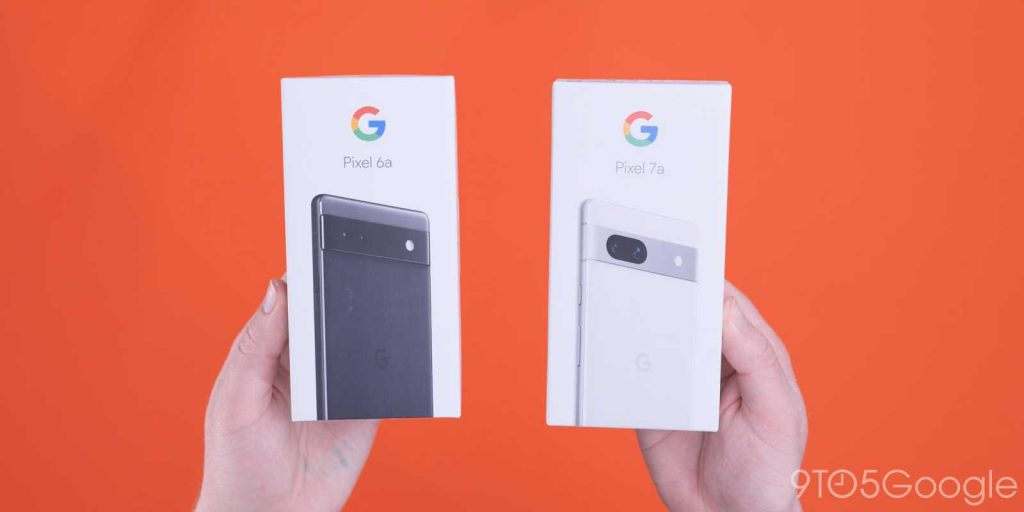
About upgrading: 9to5Google often gives specific product recommendations. Sometimes, we may suggest not upgrading, due to various reasons including, but not limited to: increased device cost, negligible performance gains, or environmental impact. Whether to upgrade is always your call, but our aim is to help you make as informed a decision as possible.
For anyone on a limited budget or looking for a backup device, Google has made a sensible decision in keeping the Pixel 6a in the lineup for another year. That said, the Pixel 6 might be a better option if you’re willing to pick up an older model. Even so, Google has made the right decision keeping the 6a around and at $349 it’s still a great entry-level package.
The Pixel 7a hits many of the marks that previous flagship Pixel devices have aimed for. This makes it one of the most compelling budget options in every region where it will be sold in. $499 gets you a lot of phone. It too though suffers a little from its predecessor. The Pixel 7 has a few significant upgrades that make it worth a look.
In our eyes, the Pixel 7a is the improved A-series device we should have seen Google launch last year. Sure, it feels a year late but it has enough in the tank to be a great affordable Android phone for years to come.
Get the Pixel 6a
Get the Pixel 7a
FTC: We use income earning auto affiliate links. More.


Comments